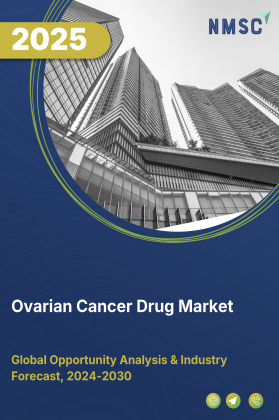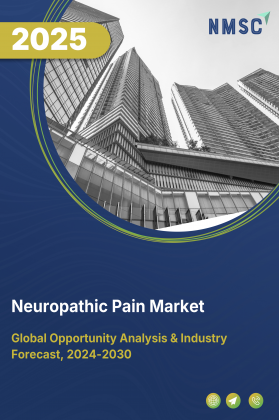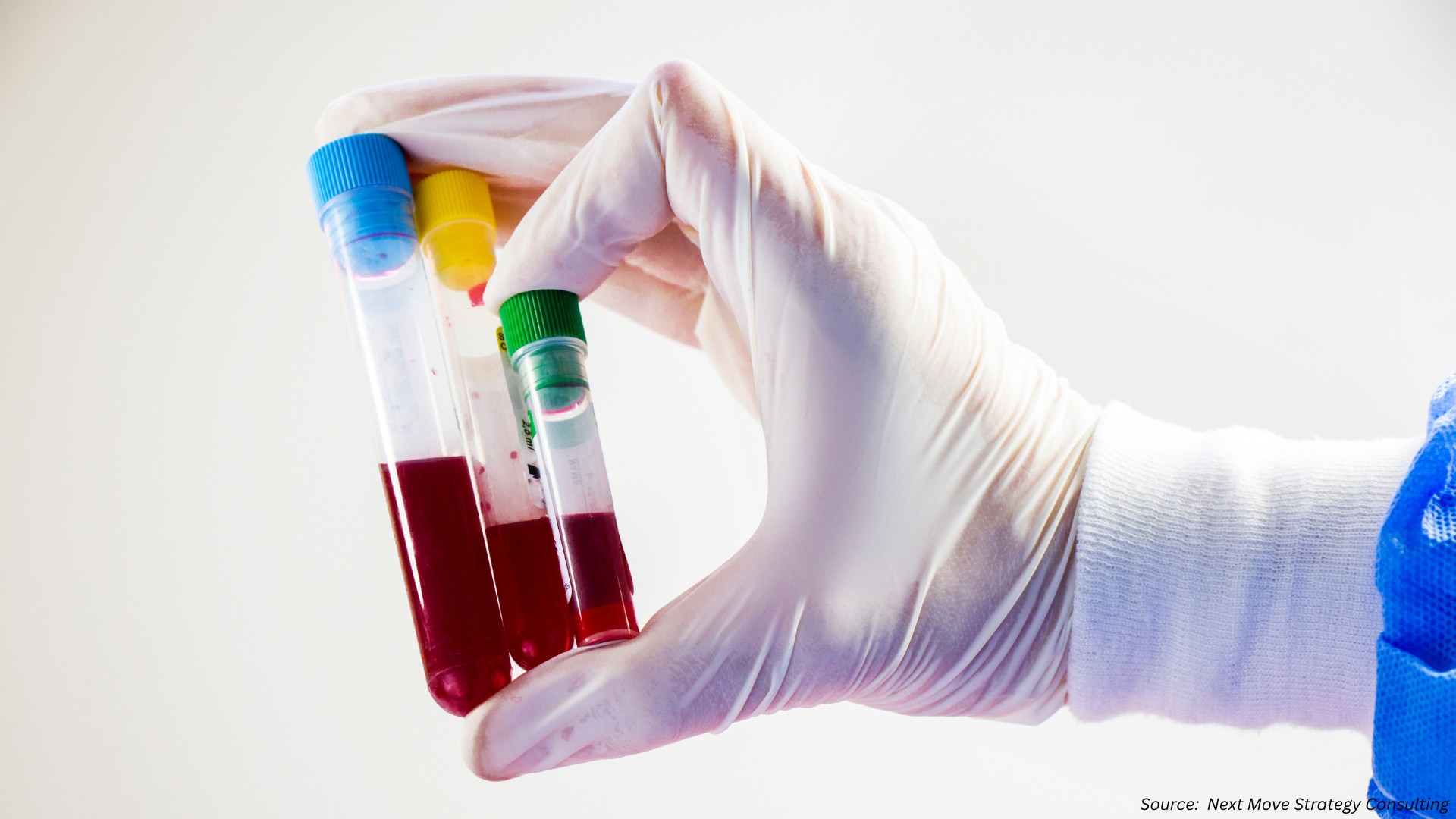
Antibiotics Market by Drug Origin (Synthetic Natural and Semisynthetic), by Route of Administration (Intravenous, Oral, and Others), by Class (Quinolones, Macrolides, Beta Lactam & Beta-Lactamase, and Others), by Spectrum of Activity (Narrow-spectrum Antibiotic and Broad-spectrum Antibiotic), and by Product - Global Opportunity Analysis and Industry Forecast 2023 – 2030
Market Definition
The global Antibiotics Market size was valued at USD 46.91 billion in 2022 and is predicted to reach USD 64.79 billion by 2030 with a CAGR of 4.1% from 2023-2030.
Antibiotic is an antimicrobial substance, which combats viral infections and occasionally protozoan infections. They are used to cure several diseases such as strep throat, sinus infections, pneumonia, skin infections, and others. Antibiotics are the most important type of antibacterial agent for fighting bacterial infections and prevention of such infections. These may either kill or inhibit the growth of bacteria in the human body. These drugs are also used in surgical procedures to help in preventing infection of incisions. Antibiotics are also used to prevent infection in cases of neutropenia particularly cancer-related.
Market Dynamics and Trends
The increasing demand for the antibiotics market is due to the rising number of pneumonias in children around the globe that can be prohibited using antibiotic amoxicillin dispersible tablets which in turn is expected to drive the growth of the global market. For instance, in a report published in November 2022, World Health Organization (WHO) declared that pneumonia caused death of 740,180 children under the age of 5 in 2019 and thus accounting for 14% of all deaths of children all over the world.
Moreover, due to growing number of sepsis cases which can be detected through blood test as sepsis releases a lot of chemicals into the blood and can damage multiple organ systems drives the market growth. The antibiotics used for the treatment of mild sepsis are ceftriaxone, azithromycin, vancomycin, and piperacillin-tazobactam. For instance, in the 2020 report on the global epidemiology and burden of sepsis, the World Health Organization (WHO) estimated that globally sepsis occurs in 49 million people each year, and is responsible for 11 million deaths.
However, the high cost and negative effects of antibiotics such as allergic reactions and diarrhea caused by the bacteria are some of the factors restraining the growth of the market during the forecast period. On the contrary, the introduction of Insilico medicine refers to the use of computer-based techniques, such as artificial intelligence (AI), machine learning, and data analytics, in the field of drug discovery and development is expected to create future growth opportunities for the market.
Market Segmentations and Scope of the Study
The antibiotics market report is segmented on the basis of drug origin, route of administration, class, spectrum of activity, product and geography. On the basis of drug origin, the market is categorized into synthetic natural and semisynthetic. On the basis of route of administration, the market is divided into intravenous, oral and others. On the basis of class, the market is segmented into quinolones, macrolides, beta lactam & beta lactamase and others. On the basis of spectrum of activity, the market is segmented into narrow-spectrum antibiotic and broad-spectrum antibiotic. On the basis of product, the market is divided into penicillin, sulfonamides, fluroquinolones, macrolides, carbapenems, cephalosporins, aminoglycosides, and other product types. Geographic breakdown and analysis of each of the aforesaid segments includes regions comprising North America, Europe, Asia-Pacific, and Row.
Geographical analysis
North America holds the predominant share of the antibiotics market at present and is expected to boost during the forecast period. The increasing number of antibiotic drug approvals by the Food and Drug Administration (FDA) for treating various infectious diseases commonly found in hospitals, including pneumonia, is anticipated to stimulate market growth in the region. For instance, in June 2020, the U.S. approved Recarbrio an antibiotic drug to treat hospital-acquired ventilator-associated bacterial and bacterial pneumonia in patients 18 years of age or older than that. Recarbrio was earlier approved by FDA to treat patients with urinary tract infections and intra-abdominal infections who have limited or no alternative treatment options.
On the other hand, Asia-Pacific is expected to show a steady rise in the antibiotics market due to the presence of countries that have a wide range of share market of antibiotics drugs across the globe. According to International Trade Center (ITC) in 2021, China accounts for 42.4 % of global antibiotic exports by value, this factor is expected to drive the global market in this region.
Moreover, various product approvals and innovations in the antibiotics drugs in the region boost the market growth of the region. For instance, in March 2022, Shionogi & Co. Ltd. and the Global Antibiotic Research and Development Partnership (GARDP) have jointly announced the signing of a license and technology transfer agreement, as well as a collaboration agreement with the Clinton Health Access Initiative (CHAI). These agreements aim to bring about a substantial transformation in the global accessibility of antibiotics.
Competitive Landscape
The antibiotics industry compromises various market players in the global markets such as Wockhardt, Shionogi, Abbott Laboratories, Allergan Plc., F.Hoffmann-La Roche Ltd., GlaxoSmithKline Plc, Mylan N.V., Novartis International AG (Sandoz), Sun Pharmaceutical, and Teva Pharmaceutical Industries Ltd. These market players are adopting various strategies such as product launches and approval of business across various regions to maintain their dominance in the market.
For instance, in February 2020, Shionogi & Co., Ltd. and its Shionogi B.V. announced that NICE and NHSE had launched antibiotic, called cefiderocol. This launched was also called the UK Project for developing and testing an innovative model for the evaluation and purchase of antimicrobials. Also, in January 2020, Wockhardt received regulatory approval for its new antibiotics, EMROK (IV) and EMROK 0 (Oral). The drug was used in acute bacterial skin and skin structure infections including diabetic foot infections and concurrent bacteraemia.
Key Benefits
-
The report provides quantitative analysis and estimations of the antibiotics market from 2023 to 2030, which assists in identifying the prevailing market opportunities.
-
The study comprises a deep dive analysis of the antibiotics market including the current and future trends to depict prevalent investment pockets in the market.
-
Information related to key drivers, restraints, and opportunities and their impact on the global market is provided in the report.
-
Competitive analysis of the players, along with their market share is provided in the report.
-
SWOT analysis and Porters Five Forces model is elaborated in the study.
-
Value chain analysis in the market study provides a clear picture of roles of stakeholders.
Antibiotics Market Key Segments
By Drug Origin
-
Synthetic Natural
-
Semisynthetic
By Route of Administration
-
Intravenous
-
Oral
-
Others
By Class
-
Quinolones
-
Macrolides
-
Beta Lactam & Beta Lactamase
-
Others
By Spectrum of Activity
-
Narrow-spectrum Antibiotic
-
Broad-spectrum Antibiotic
By Product
-
Penicillins
-
Sulfonamides
-
Fluroquinilones
-
Macrolides
-
Carbapenems
-
Cephalosporins
-
Aminoglycosides
-
Other Product Types
By Region
-
North America
-
U.S.
-
Canada
-
Mexico
-
-
Europe
-
U.K
-
Germany
-
France
-
Italy
-
Spain
-
Denmark
-
Netherlands
-
Finland
-
Sweden
-
Norway
-
Russia
-
Rest of Europe
-
-
Asia-Pacific
-
China
-
Japan
-
India
-
South Korea
-
Australia
-
Indonesia
-
Singapore
-
Taiwan
-
Thailand
-
Rest of Asia-Pacific
-
-
RoW
-
Latin America
-
Middle East
-
Africa
-
Key Players
-
Wockhardt
-
Shionogi
-
Abbott Laboratories
-
Allergan Plc
-
F.Hoffmann-La Roche Ltd.
-
GlaxoSmithKline Plc
-
Mylan N.V.
-
Novartis International AG (Sandoz)
-
Sun Pharmaceutical
-
Teva Pharmaceutical




















 Speak to Our Analyst
Speak to Our Analyst

























